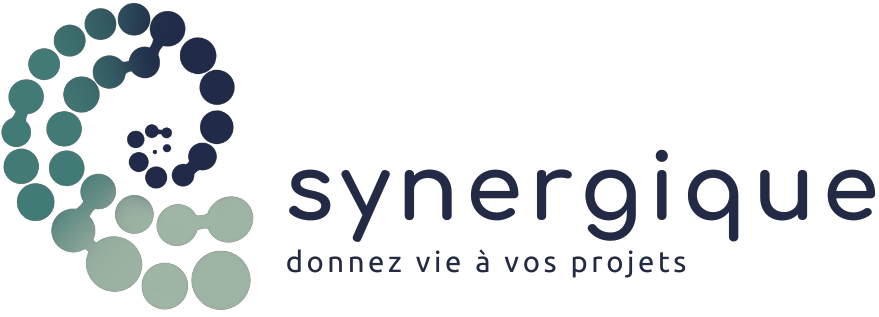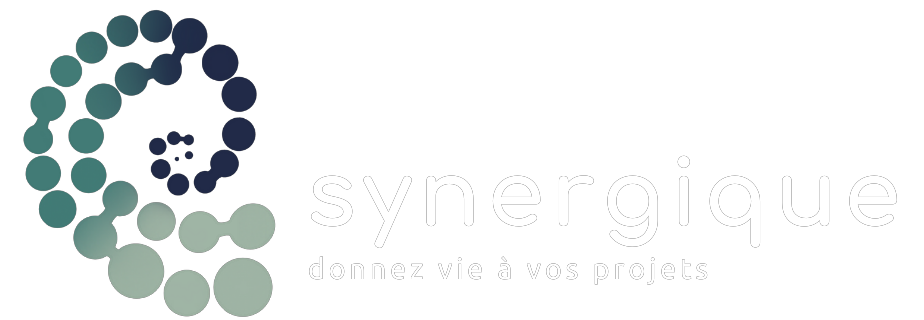Learning Phase
This phase is devoted to invest in the team’s learning, to get inspired by other innovating organizations and to draw lessons from its own experience.
Experimentation
There is no better way to integrate and evaluate new ways of working than a direct application.


